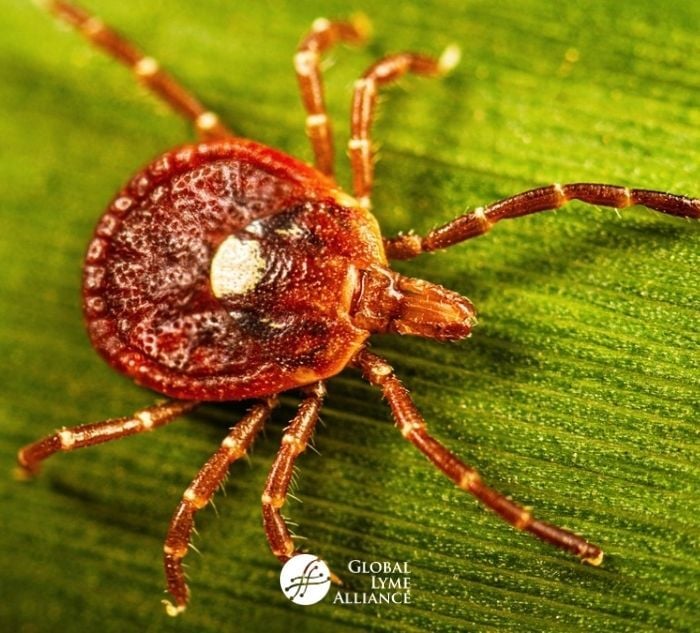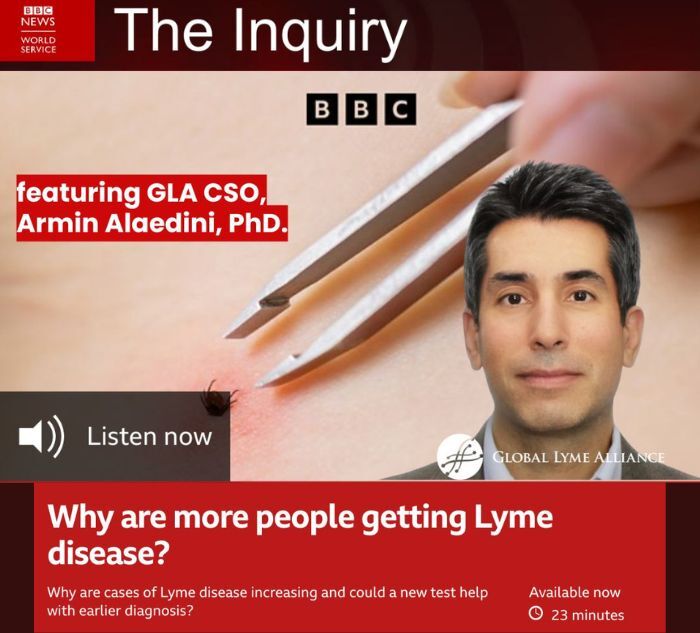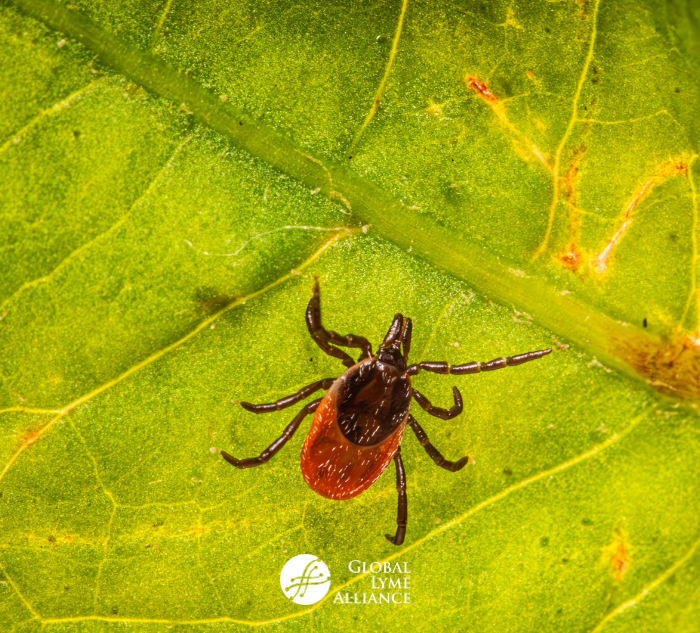
by Jennifer Crystal
At long last, the solution we’ve all been hoping for to get out of the COVID-19 pandemic is here: vaccines have been approved. The end is in sight, but we’re not quite there yet. The vaccine roll-out is happening slowly, starting with health care and front-line workers. Even those people won’t be truly inoculated until they get the second dose of their vaccines, several weeks after the first. Vaccines will then be offered to essential workers, and then the immunocompromised and the elderly, before they’re available to the general public. It will take many months, as well as total compliance, for enough people to be vaccinated that we can operate normally.
With COVID-19, as with Lyme disease, how we handle this critical juncture determines what the end will actually look like, and how quickly we can get there.
When I first started treatment for Lyme and two other tick-borne diseases, babesiosis and ehrlichiosis, I was bedridden. I experienced Herxheimer reactions that made me feel worse. After some time, though, as the antibiotics killed off more bacteria and my body was able to detox them, I started to feel better. I regained some energy, my brain fog cleared, and the aches in my joints went away. As soon as I tasted wellness, I ran right out and tried to do all the things I’d missed.
Days later, I was right back in bed.
I saw my end goal and leapt for it instead of taking necessary small steps to get there, and I paid the price. My doctor told me this is a natural reaction that most Lyme patients experience.
In our current pandemic, we run this same risk. If we stop social distancing and wearing masks before everyone is vaccinated, the virus will continue to spread and we’ll send ourselves right back to lockdown. More people will get sick or die unnecessarily. Additionally, if we act as if we’re vaccinated before receiving a second dose, we’ll put ourselves at the same risk we’re at now. We also don’t yet know how people will react to the vaccines. Their approval is cause for celebration, but it’s not the immediate end-all to the pandemic.
It’s easy to want to throw caution to the wind now, but as we saw with people celebrating holidays and the New Year in groups, doing so is a risk that impacts everyone; many hospitals are once again overloaded.
With Lyme, the risk is more personal, though ruining our own good health can also affect family, caretakers, and jobs. After being on intravenous antibiotics for almost a year, I achieved remission. Excited to get back to life, I went off medication completely, moved out of state, and started a new job. I dove in head first to the deep end, and nearly drowned. Within three months, I relapsed.
While the spirochetes may have flared back up on their own, the big steps I took, and the stress those steps caused, also gave them fertile feeding ground. When I finally did achieve remission once more, I took smaller steps: moving near family, volunteering before working, lowering medications slowly. At times, this method felt painstakingly slow. I longed to just forget about my chronic illnesses and do whatever I pleased. But I’d learned the hard way that doing so would make achieving my long-term goals harder, if not impossible. I had to keep the big picture in mind.
Everyone needs to calculate risks in their lives.
Lyme patients know their own bodies best and know what boundaries they can safely push. As a society, we have learned together what risks are not worth taking during a pandemic. More than 350,000 deaths have shown us that it’s imperative to follow social distancing and masking guidelines, even if it’s frustrating, even if we’d rather not, even if we really miss our normal lives.
Those lives are in sight: let’s stay the course, together, to get them back.

Jennifer Crystal
Writer
Opinions expressed by contributors are their own. Jennifer Crystal is a writer and educator in Boston. Her work has appeared in local and national publications including Harvard Health Publishing and The Boston Globe. As a GLA columnist for over six years, her work on GLA.org has received mention in publications such as The New Yorker, weatherchannel.com, CQ Researcher, and ProHealth.com. Jennifer is a patient advocate who has dealt with chronic illness, including Lyme and other tick-borne infections. Her memoir, One Tick Stopped the Clock, was published by Legacy Book Press in 2024. Ten percent of proceeds from the book will go to Global Lyme Alliance. Contact her via email below.






-2.jpg)